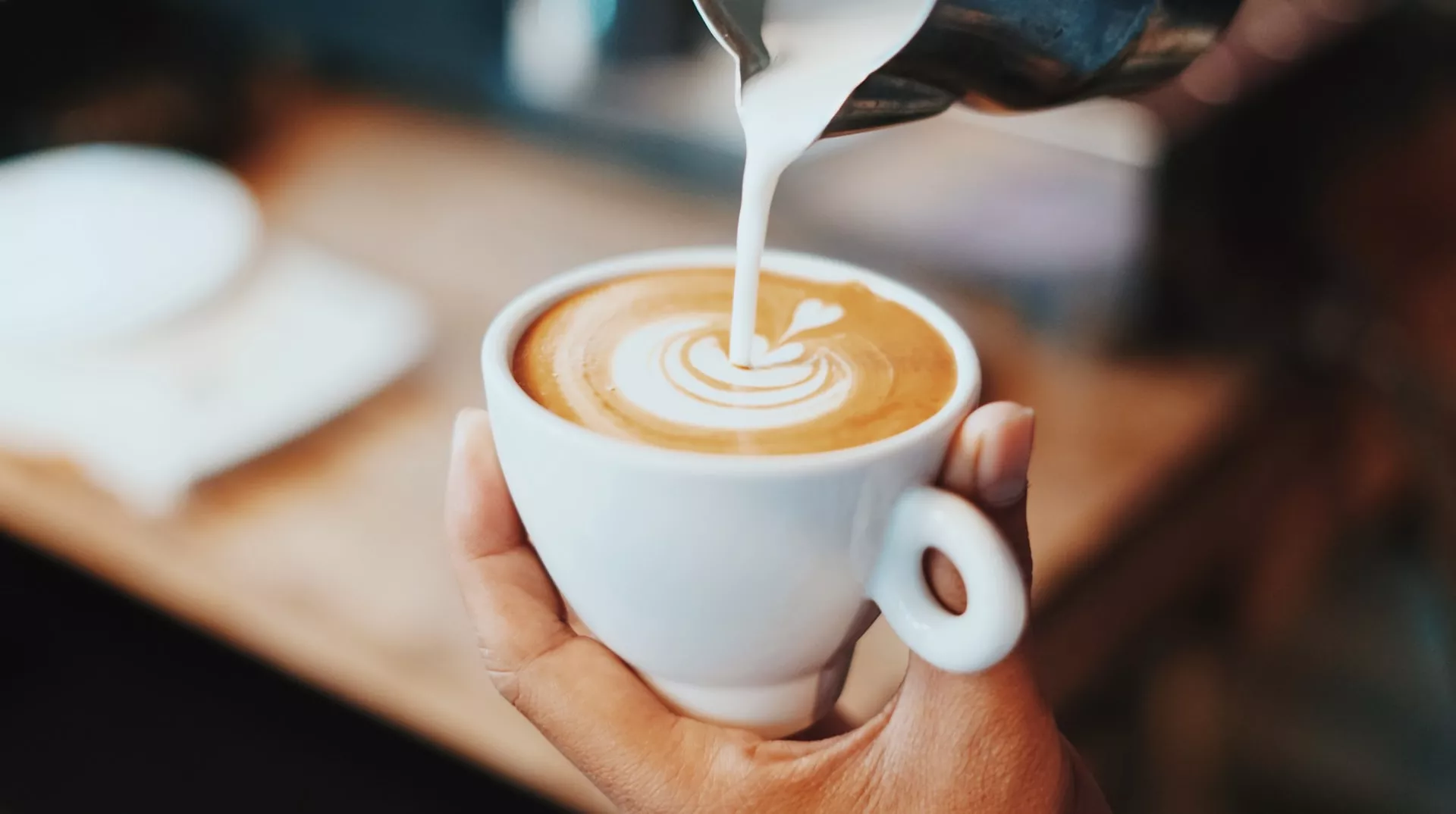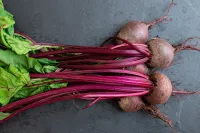Coffee Making Basics
There are three common home brewing methods for coffee. For a long time, the standard has been a traditional drip coffee machine. However, pour-over coffee is becoming more popular and many people have started to use a French press. We will cover them all in this article.
Regardless of which method you use, it is always worth weighing your ground coffee rather than using a measuring cup. Therefore, in addition to the coffee making equipment, you will also need a digital kitchen scale.
Making Pour-Over Coffee
Many people believe that this is the best method to make a tasty cup of coffee at home with ease. There are just five simple steps to follow:
- Boil cold water in a kettle.
- If you are using whole beans, grind them to a uniform consistency, approximately that of regular table salt.
- Place a filter in the brewer and rinse it with hot water. This will remove the papery residue from the filter and warm the brewer, which in turn helps to keep the coffee hot for longer. Be sure to discard the water used for rinsing.
- Place the grounds in the filter making sure they have a level surface. When the water is between 195F/90C and 205F/96C, slowly and carefully pour enough water over the coffee grounds so that they become completely saturated. Start from the middle and work outwards, stopping to pour before the coffee starts to drip through. This is known as a “bloom pour” and it allows the coffee to de-gas.
- Gradually pour in the remaining water ensuring that the water in the dripper is between half and three-quarters full at all times. This will take around 3 or 4 minutes. Then carefully remove the filter and enjoy your coffee.
Making Coffee with a French Press
If you enjoy European style coffee then this is the method for you. Follow these steps:
- Boil water in a kettle.
- If you are using whole beans, then they should be ground quite coarsely, so they have a consistency similar to breadcrumbs. The grounds should be uniform in size. When ready, add them to the French press.
- When the water is between 195F/90C and 205F/96C add it to the French press and stir it strongly. Leave the coffee to brew for around 4 minutes and then slowly press the plunge to separate the grounds from the liquid.
- Drink and enjoy.
Making Drip Coffee
Drip coffee machines are wonderfully simple and extremely useful, especially if you are busy. Just follow these steps:
- If you are starting with whole beans, then grind them to a uniform consistency, similar to that of table salt. Then transfer the beans to a filter-lined filter basket that is placed in the drip machine. Turn the water spout so that it is over the centre of the grounds.
- Pour clean water into the back of the machine (not onto the grounds) and turn the machine on.
- As soon as the coffee has finished brewing, turn off the machine to ensure that the coffee doesn’t burn. Make sure to clean your machine regularly to remove any built-up residue.
Tips for Making the Coffee
- Always Buy Fresh Beans – Coffee tastes best when used within days of being roasted so make sure you are only buying fresh beans from a quality-conscious roaster.
- Store the Beans Properly – After opening your beans, be sure to store them in an airtight container. The beans should never be placed in the fridge as they will absorb moisture and food odours. It is best to buy coffee in small batches and store it at room temperature.
- Grind Your Own Beans – As soon as a bean is ground, it begins to lose quality. The best tasting coffee is made from freshly ground beans. Therefore, it is best to grind your own beans, even if you can only afford a cheap grinder.
- Use Good Water – If your tap water is full of chemical tastes such as chlorine, then do not use it to make coffee. You should try to use bottled spring water or even install a charcoal/carbon filter on your taps.
- Don’t Use Cheap Filters – As with most things in life, when it comes to coffee filters, you get what you pay for. Ideally you want to use filters that are “oxygen-bleached” or “dioxin-free”. Alternatively, you could opt for a reusable gold-plated filter.
- Don’t Reduce the Coffee Measurements – Generally, it is recommended that you use 2 level tablespoons of coffee per 180ml. Using less coffee and hotter water to extract more cups usually results in bitter flavours.
- Don’t Over Heat – Using water that is too hot will extract compounds that are bitter rather than pleasant. Coffee should be brewed with water that is roughly 200F/93C.
- Keep Your Equipment Clean – Make sure you clean all your coffee related equipment regularly to prevent an oily build-up. You can run a vinegar solution through your coffee maker to dissolve mineral deposits, and then rinse it thoroughly with water.

 How to Cook Beetroot
How to Cook Beetroot How to Cook Cauliflower
How to Cook Cauliflower



